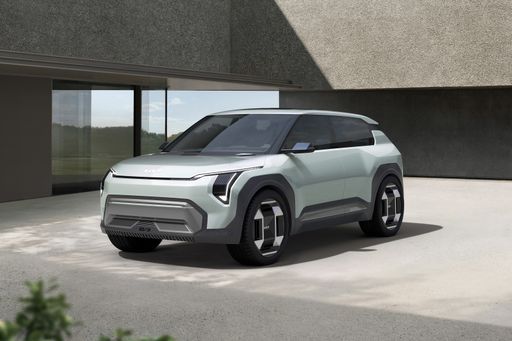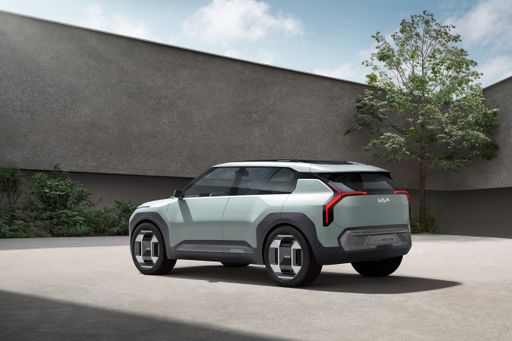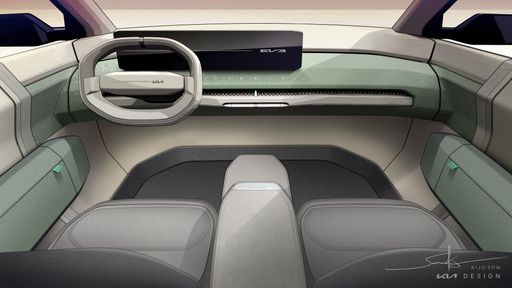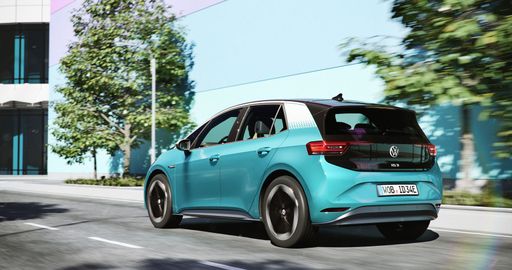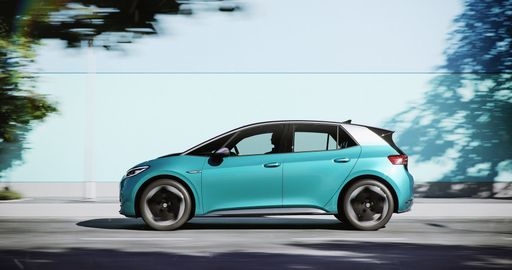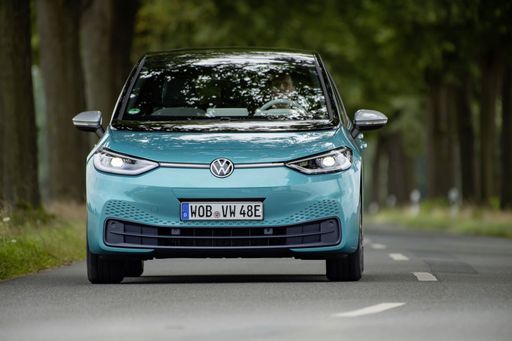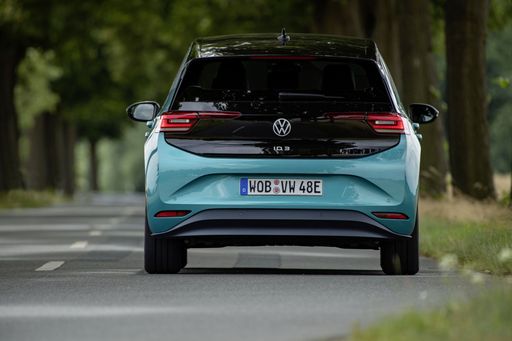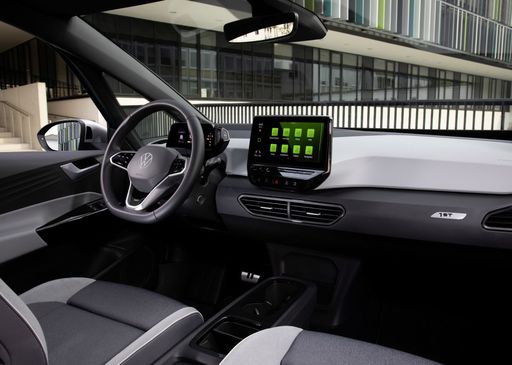Street Presence and Personality
The Kia EV3 arrives with bold, youthful styling that wants you to notice it in the urban jungle, while the VW ID.3 favors a subtly confident hatchback look that ages with dignity. One feels like a fashion-forward choice for trend-conscious buyers, the other like a sensible, quietly modern companion. Both attract different kinds of attention—one more extroverted, the other reassuringly familiar.


